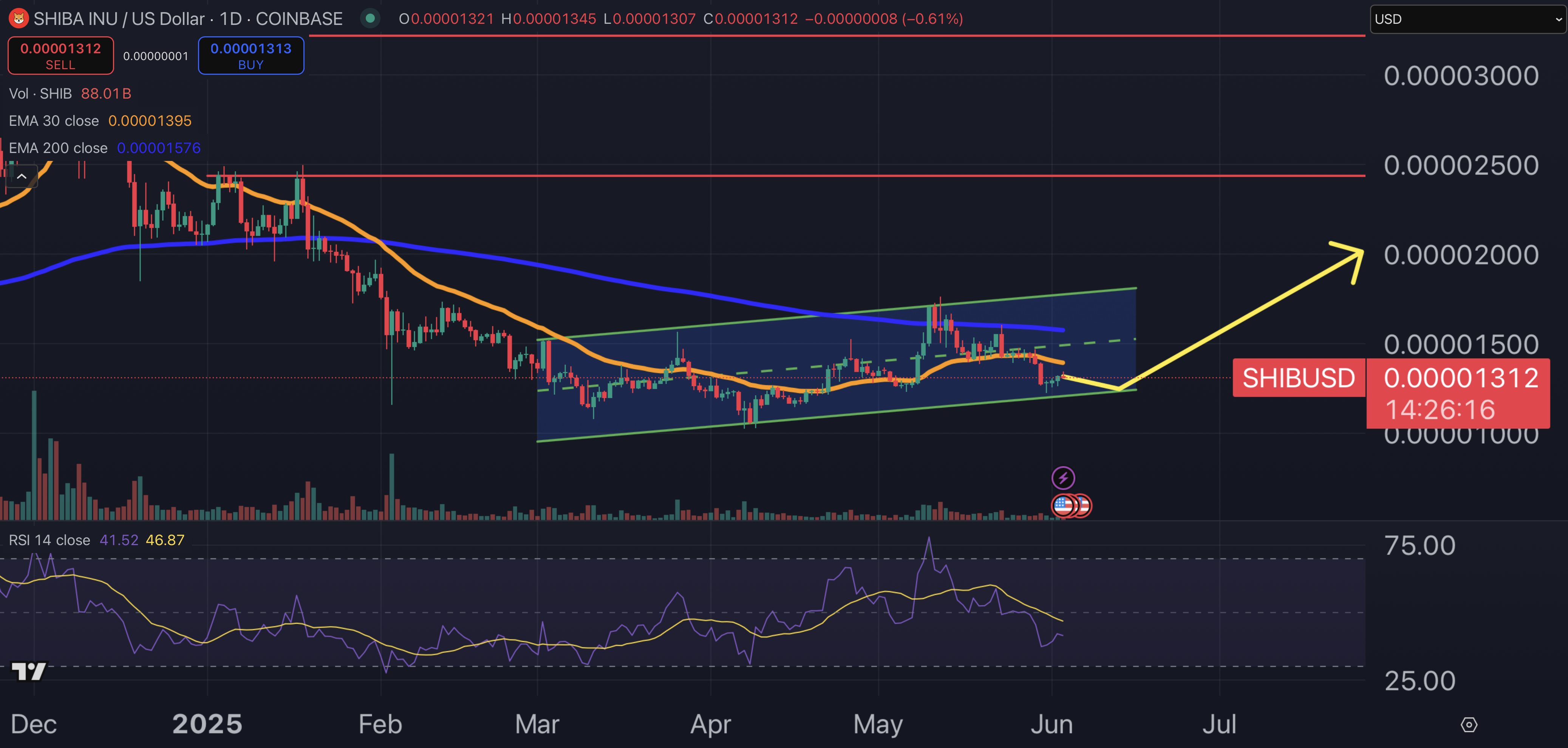Ever since the Federal Reserve began raising interest rates to fight inflation in March 2022, economists and Wall Street strategists have debated whether a recession will hit the U.S. and take the stock market down with it.
Mike Wilson, Morgan Stanley’s chief investment officer and chief U.S. equity strategist, has always landed in the bears’ camp in this debate. In 2022, he correctly forecast that rising interest rates and high inflation would pull down stock prices. But this year—to Wilson’s surprise and despite the threat of higher interest rates, sticky inflation, and even a regional banking crisis—the S&P 500 rallied as much as 19% due in large part to the resilient labor market.
Lately, however, that rally has been put to the test, with the blue-chip index falling 6% since the end of July. For Wilson, it’s a sign that the market is stuck in “purgatory” as it awaits the outcome of the Fed’s aggressive interest rate hiking campaign.
“The market is trying to figure out—hard landing [or] reacceleration?” the veteran strategist told Bloomberg this week. “This purgatory land is where we’re just going to kind of slop back and forth and the market is going to gravitate toward the lifeboats.”
Wilson explained that during “late cycle environments” like the one we are in now, when the Fed is nearing the end of a period of consistent interest rate hikes, there typically is a lot of uncertainty that leads investors to take a cautious approach. But at the start of the year, many investors may have become too optimistic after so many recession calls proved to be premature in 2022.
“People erroneously called for a recession in the first half of this year and it didn’t happen. And now, they may be erroneously believing in this beautiful soft landing with some reacceleration next year,” he said, arguing investors during the summer “overpriced” the soft landing narrative —in which inflation is tamed without the need for a job-killing recession.
Wilson fears that we could exit the current market purgatory and enter a recession because middle- to lower-income consumers have run out of the excess savings they built up during the pandemic and student loan repayment are restarting. That could lead spending to slow—and consumer spending makes up 70% of U.S. GDP.
“That is the risk in the fourth quarter, can the consumer continue to surprise to the upside?” he said.
The Wall Street veteran noted in a Morgan Stanley’s Thoughts on the Market podcast on Monday that stock market valuations remain elevated given the threats to consumer spending, higher interest rates, and the recent rise in oil prices. The S&P 500 is trading at 18 times earnings, compared to its historical average of roughly 15 times earnings.
Wilson’s base case is for the blue-chip index to drop roughly 10% to around 3,900 points by year-end. That means investors should remain defensive in their approach, he said, and avoid jumping back into high flying growth-focused stocks for now.
Seek quality and dividends
Given Wilson’s bearish disposition, you would expect him to recommend holding cash to avoid his base case scenario in which stocks drop 10%. But he said this week that simply hiding out in cash isn’t the best approach. Instead, investors should look for quality, large-cap stocks—companies that have strong balance sheets and earnings, and therefore won’t have to borrow money while interest rates are high to keep their businesses operating.
In a Wednesday note, Wilson and his team of analysts made the case that quality stocks that offer dividends, particularly growing dividends, could be some of the best options for investors during uncertain times. They found that dividend stocks have outperformed their non-dividend paying peers historically, especially when inflation is elevated, but falling.
“Today’s macro environment is generally supportive of dividend payer outperformance,” they explained. “Dividends provide a positive return cushion with a notable portion of outperformance for payers versus non- payers coming during periods of market volatility.”
Wilson and his team recommended using a “holistic” approach to picking dividend stocks that focuses on the firms’ valuations relative to peers, their historic volatility during trying times, and their overall leverage (think: indebtedness).
They provided their top dividend picks with a three to five year outlook, including Verizon Communications, real estate investment trust (REIT) Realty Income, energy giant Exxon Mobil, and more (pictured below).
Credit: Source link










